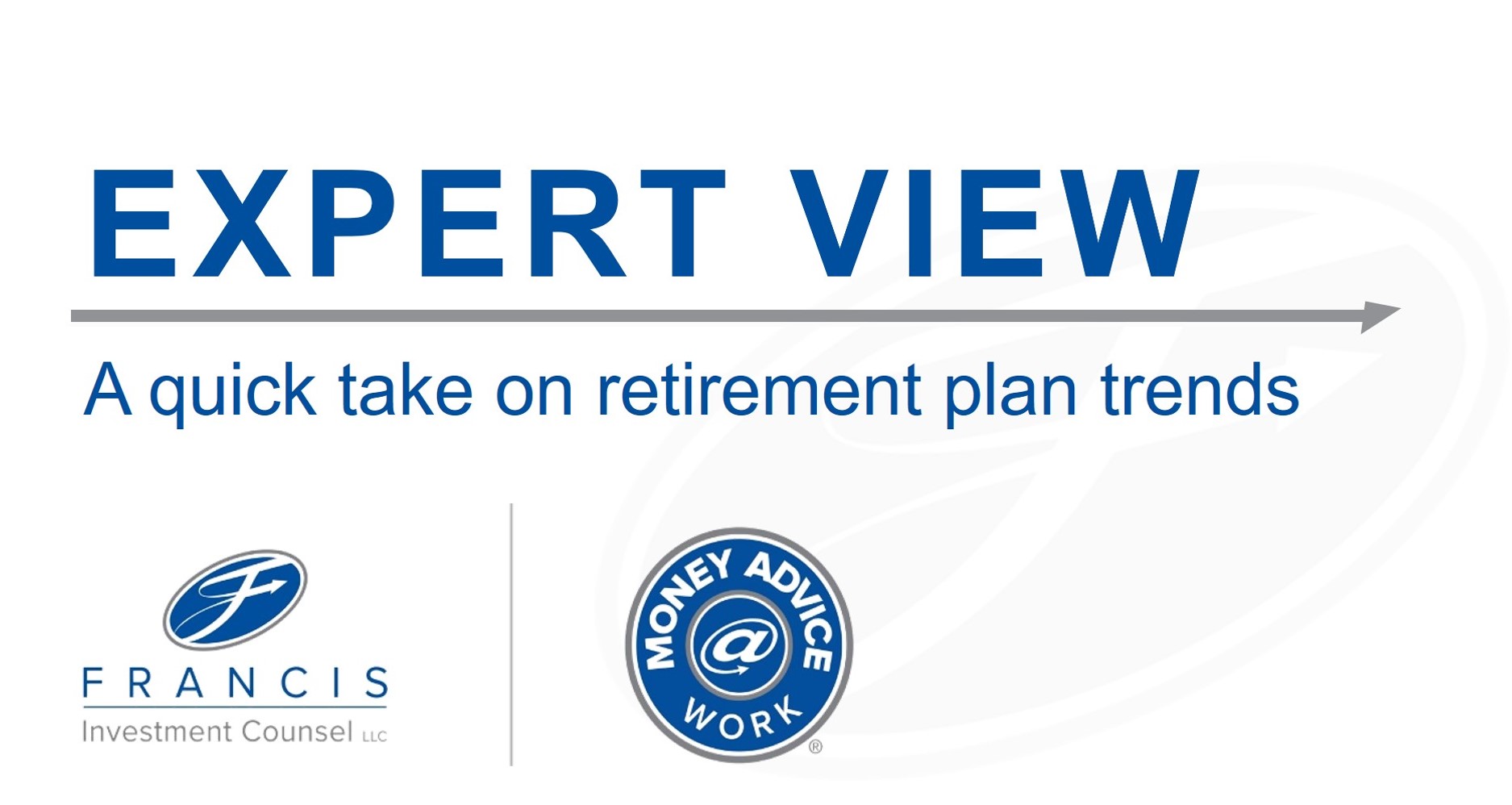
A Guide to Retirement Plan Fees
Part 2: How to Pay Retirement Plan Fees
In Part One of our Guide to Retirement Plan Fees, we outlined the major fees incurred through a retirement plan and tips for effectively managing these fees. As a plan sponsor, once you understand the fees that exist, your oversight group must determine how these fees will be paid.
Payment Options and Definitions
Plan sponsors have primarily two options for paying the costs associated with the retirement plan:
-
- Pay all or some of the plan costs from within the retirement plan itself
- Pay all or some of the plan costs from the organization’s assets
The types of costs associated with the performance of certain plan-related duties or functions is the first criteria in determining how these costs can be paid. ERISA has categorized plan-related duties into two categories – settlor and fiduciary.
Settlor Duties
Settlor duties describe certain plan-related decisions that have a material cost impact to the organization. Examples include establishing or terminating the plan, determining the level of company contributions, approving the adoption of the plan by entities acquired by the organization, and reviewing plan amendments. The costs incurred for these decisions are not eligible plan expenses. They must be paid from the organization’s assets rather than from the plan.
Fiduciary Duties
Fiduciary duties describe tasks and costs incurred to set-up and administer a retirement plan. These costs are eligible plan expenses. Thus, the organization has discretion in how these costs are paid. The determinations may be influenced by your organization’s benefits philosophy or tax planning strategy.
Retirement Plan Fee Payment Trends
Nationally, partially due to the invention of “bundled” plan service providers, the vast majority of organizations (70%+) pass through nearly all plan administrative costs to the plans themselves.
Some plan sponsors, however, choose to pay administrative costs from organization assets. Reasons plan sponsors cite include generating good will amongst plan participants or increasing the organization’s contributions to participants in the form of lower plan expenses being deducted from their accounts. When plan participants pay lower fees, more money is there for their long-term savings.
Payment Considerations
Your plan oversight group may struggle in determining which payment option is best. Consider the following industry trends for handling each major cost component:
- Asset Management – This cost is paid by participants as it is reflected in the net investment return of the invested assets. The plan sponsor can only control the treatment of revenue sharing amounts imbedded within a fund’s expense ratio. We discuss the revenue sharing component of asset management fees and the flexibility plan sponsors have to manage these costs in Part Three of our Guide to Retirement Plan Fees.
- Recordkeeping, Trust and Custodial – These services are typically paid completely from the plan. For smaller plans, or plans with a large percentage of plan assets residing in a small number of accounts, organizations may pay these expenses as a tax-deductible method to enhance the company contributions.
- Investment Advisor – A majority of plan sponsors pay investment advisor fees through the plan. However, some deem a portion of these expenses as training and/or fiduciary protection for their organization. They, therefore, pay that portion from organizational assets or outside of the plan.
- Plan Participant Financial Education – Resources to assist employees in understanding and utilizing the retirement plan are typically paid from plan assets. Your organization may share this cost within its corporate budget to demonstrate conviction of how important this feature is and to encourage employees to fully maximize the resources available. You may also consider spreading this cost across other benefit initiatives such as a corporate wellness program.
What to do next
Plan sponsors have flexibility in determining how the costs associated with their retirement plans will be paid. As your plan oversight committee makes these determinations, consider taking the following steps:
- Review the plan adoption agreement to ensure it allows you to allocate plan costs in the manor you have determined is most suitable for your organization. If necessary amend your plan documents to agree with your payment practices.
- Establish an organizational philosophy for the handling of various plan expenses. You should consider the consistency and messaging of your philosophy related to the retirement plan relative to the other employee benefits.
- Document your decision-making process and the allocation methodology (charge to the plan or pay from organizational assets) you plan to adopt.
If you’re looking for help developing a strategy for the treatment of plan expenses the team of experts at Francis Investment Counsel can help. We’ll walk through the individual cost components of your plan and outline the various options available to your organization. Reach out to one of our team members directly or fill out the form below for assistance.
Access our complete Guide to Retirement Plan Fees.
Tags: plan costs, retirement plan fees, retirement plan expenses, cost allocation









